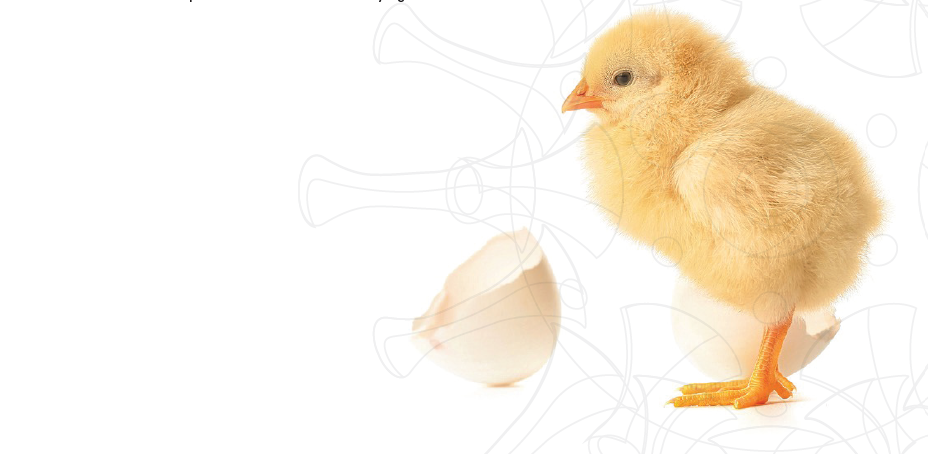
Nobilis® IB Ma5
2. When last did you analyse your processing plant efficiencies?
Two problems are observed following field challenge with increasing of condemnations. The first consist in the increase of condemnation in a high number of flocks, requiring a more intensive examination of birds in the production line and, if necessary, directed the chickens to a secondary line in order to eliminate some parts (partial condemnation) or disposal of the whole carcass (total condemnation). The second problem, maybe the most important, happens when a flock enters the slaughterhouse presenting a high percentage of airsacculitis and collibacilosis, overloading bird inspection, forcing the reduction of slaughtering speed. That causes loss in meat quality, with excessive scalding and injured skin in plucking (Bilgili,2012). It also increases the need of workforce, lowering slaughterhouse performance, increasing of cost per slaughtered ton, bird leftovers to slaughter at the end of the shift or the day, etc. A significant number of condemned birds causes big operational disorder in the slaughterhouse (Titres, 2011).
Assayag, J. et al. (2012) ‘Performance of vaccines containing different Massachusetts strains of infectious bronchitis virus in the slaughterhouse condemnations,’ pp. 189 – 193.

Testimonial
Rik Koopman, Global Technical Director MSD
“The concept of protectotypes,
which from a practical point
of view is more relevant than
serotypes, shows that in vivo
protection is much broader than
the result of in vitro testing ”

